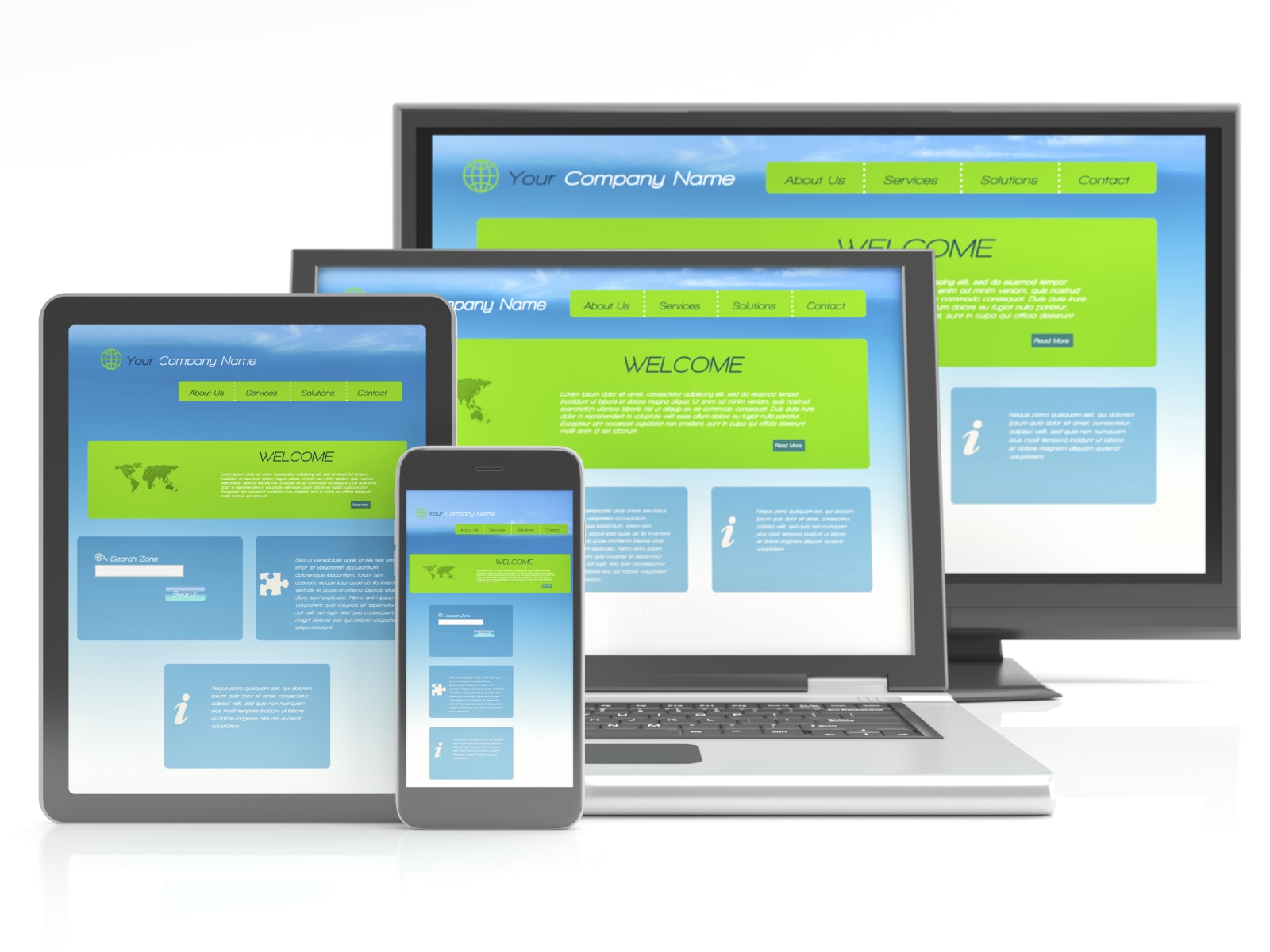

9 Signs It’s Time to Replace Your Financial Advisor Website
Website design and functionality are changing at, well… Internet speed. Changes in the last 5 years have been remarkable. Flashy banners, deep menus, tons of eye-glazing content have been replaced by sleek, clean design with lots of whitespace and content is focused on trust, credibility and easy-to-say-yes-to calls to action.
Five year old financial advisor websites tend to look exactly that – old. Not only that; whether you are a financial advisor, financial planner or an RIA if you want to look current, your website has to have a clear and compelling purpose. The days of loading up About Us, Our Services and Contact Us are gone.
Chances are, if you are reading this, you already know that.
Here’s a bit of a story before we get started:
There are three frogs on a log and one of them decides to jump off. How many frogs are left on the log? The answer is three. “Deciding” to do something and taking action by doing it are two completely different actions.
Here are a 9 indicators to look for in your current website to help you go from knowing you should make a change to making it happen.
#1 –Mobile Ready
The statistics differ but it’s safe to say that somewhere between 25% - 40% of your prospects will see you for the first time on a mobile device. If you’ve never looked at your website on your phone, now may be a good time to do so. Depending on what you see, the results may be the single most important reason to make a change.
#2 – Increase Focus, Flow and Continuity
Many RIA websites jump from one idea to the next or one service to ten. It's as if they forget who they are marketing too. Your site (design and content) and its message need to be highly relevant to the audience you want to attract. Today’s websites need good design and intuitive navigation. It needs to be easy to figure out where to go to get the information.
#3 – A Definitive Purpose
The role of your website needs to be obvious. The website can and should be, a key driver for your financial business. This might include prospecting objectives, client communication or brand awareness.
Here are some questions to ask yourself:
- Is your site aimed at getting people to attend your regional workshops?
- Is your site aimed at influencing social media networks?
- Is your site aimed at impressing 50+ aged advisors to join your RIA?
- Is your site integrated with your radio program and or book?
- Is your site a place you want prospects coming back to time and again?
- Are you looking to build credibility or are you looking to build your client base?
#4 – Credibility
Prospects are increasingly skeptical. Your website needs to prove you are what you say you are. If your website is nothing but a shallow copy heavy online brochure, it’s time to change. When most consumers look at an RIA website that says, "We are Trusted Advisors", without clear proof or support, they think "yeah right".
Financial companies and professionals need to showcase how they are different with credibility tools like:
- highly relevant papers or articles
- video
- clearly articulated investment philosophies
- diagrammed planning or investment process
- a book
- a consistent message throughout
- a clear niche
- a clear target audience
#5 –Engagement
One of the most important roles for your RIA website is to build user engagement. This is the equivalent of a call-to-action but its purpose isn't limited to "call us". Engagement is getting an ideal prospect (website visitor) to "click" on something to learn more about your firm's insights or to begin experiencing what it would be like to be a client. Engagement keeps them on your site longer, gets them experiencing your firm and builds trust.
#6 –Differentiation
In an industry that seems similar in many ways to many people, being seen as different can't be marginalized or ignored. Lets face it, to the general consumer, all financial instiutions are the same – unless they have a compelling reason to choose you they will gravitate towards a brand they recognize that is five minutes closer to drive to. You website needs to demonstrate your uniqueness in a way that resonates and seems different or better
#7–Visibility
A successful financial advisor website is one that attracts ideal prospects. The best tactics for increasing visibility is having great content (papers, posts, checklists, etc.), getting your content online (website, blog, content hubs), and then sharing via your social networks. With content that appeals and has value to your ideal clients, Search Engine Optimization tactics are the next step in bringing these clients to your virtual doorstep. Nothing works for SEO better than "real", valuable and fresh content.
#8 – Lacks Visuals
As mentioned in #4, showing how you are different and/or better is huge to having marketing success. I’'ve mentioned it again because there's a specific "how we do it" that needs to be addressed. People like processes, it breeds confidence; it says, "they've done this before". It also helps people understand what is being done so they feel informed. Lastly, when you make the "how" visual, it really helps people connect with it. I highly recommend using visuals (diagrams, videos, infographics) to describe how and what you do.
#9 – Creativity
Your website is not the place to be safe and common. If you “look” like everyone else you will be perceived as “being” like everyone else. Stand out from the crowd.
You be the judge
Given the above, take a look at your firm's website:
- Does it speak to your audience?
- Does it look current?
- Is it mobile friendly (or does it even work at all in mobile)?
- Are there engagement pieces (beyond your phone number)?
- Does it differentiate you from "the guy down the block"?
Fortunately for you, not everyone that reads this article and assigns themselves a failing grade will do something about it. Like the frog on the log, they may “decide” they need to, but that is often where it ends. There remains a significant competitive advantage for financial firms that want to reach out and position themselves. The time to change has never been better.

Kirk Lowe
Search Here
Categories
- AI (18)
- blogging (2)
- branding (1)
- content (12)
- custodians (1)
- Digital (534)
- email marketing (3)
- fcmo (3)
- fees (1)
- financial advisor marketing (64)
- Google (3)
- Ideas & Tips (126)
- Investor Experience (7)
- lead generation (7)
- linkedin (1)
- Marketing (603)
- newsletters (1)
- Online Transparency (2)
- podcasting (1)
- search engine optimization (4)
- seo (9)
- Social Media (2)
- video (3)
- Websites (173)
- YouTube channel (2)
Recent Posts
-
 October 16, 2025
October 16, 2025 -

How Financial Advisors Use AI to Optimize Website Compliance
October 14, 2025 -

AI Blogging On Your Financial Advisor Website
October 10, 2025 -

-

7 Critical Mistakes Financial Advisors Make in Digital Marketing
September 29, 2025

